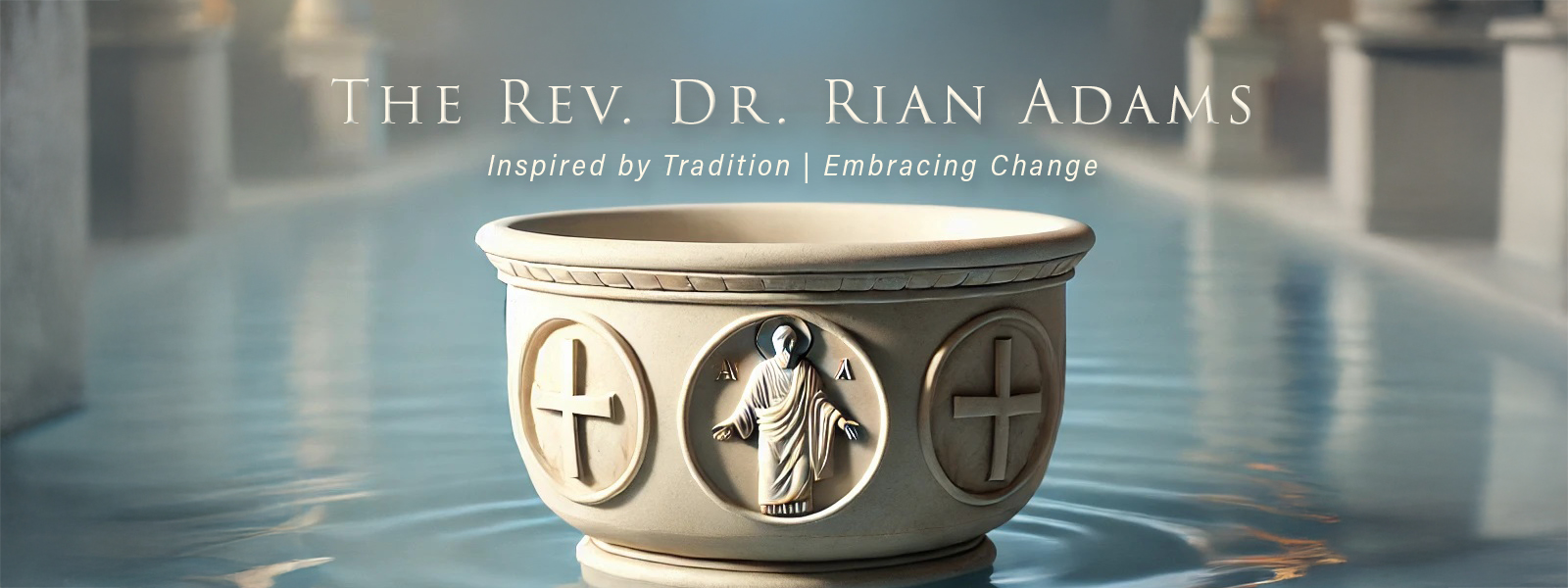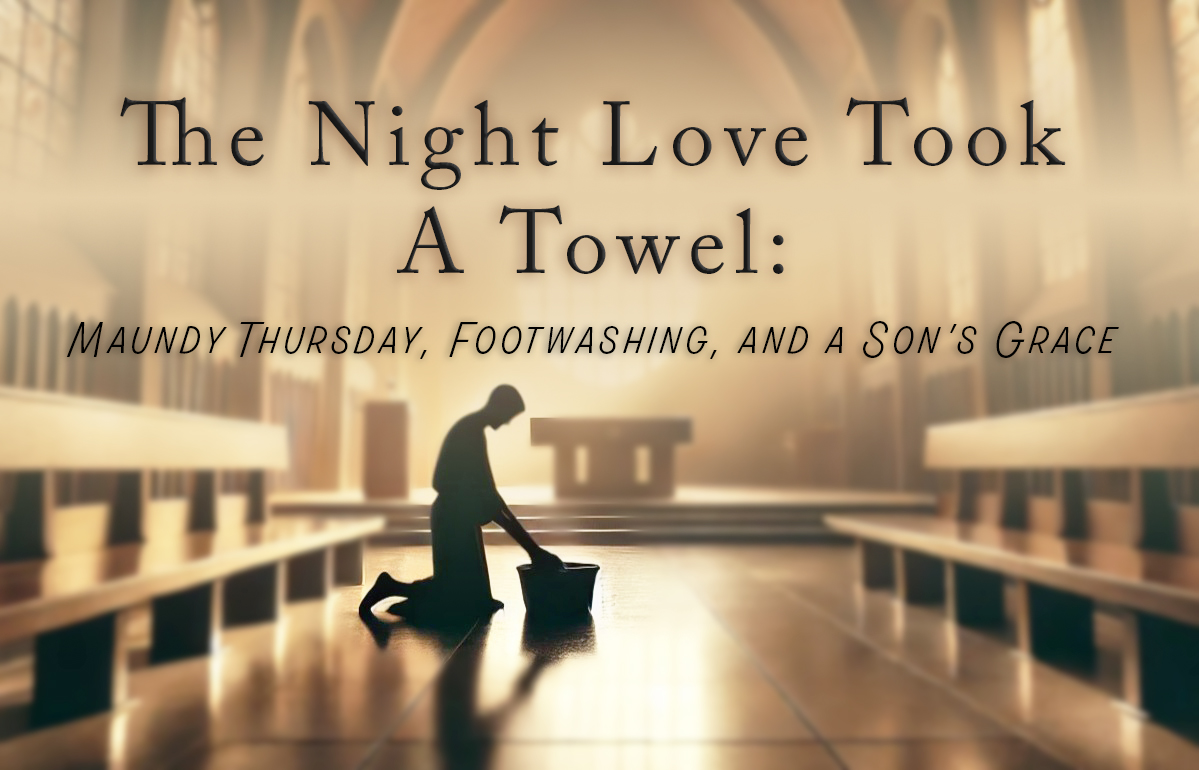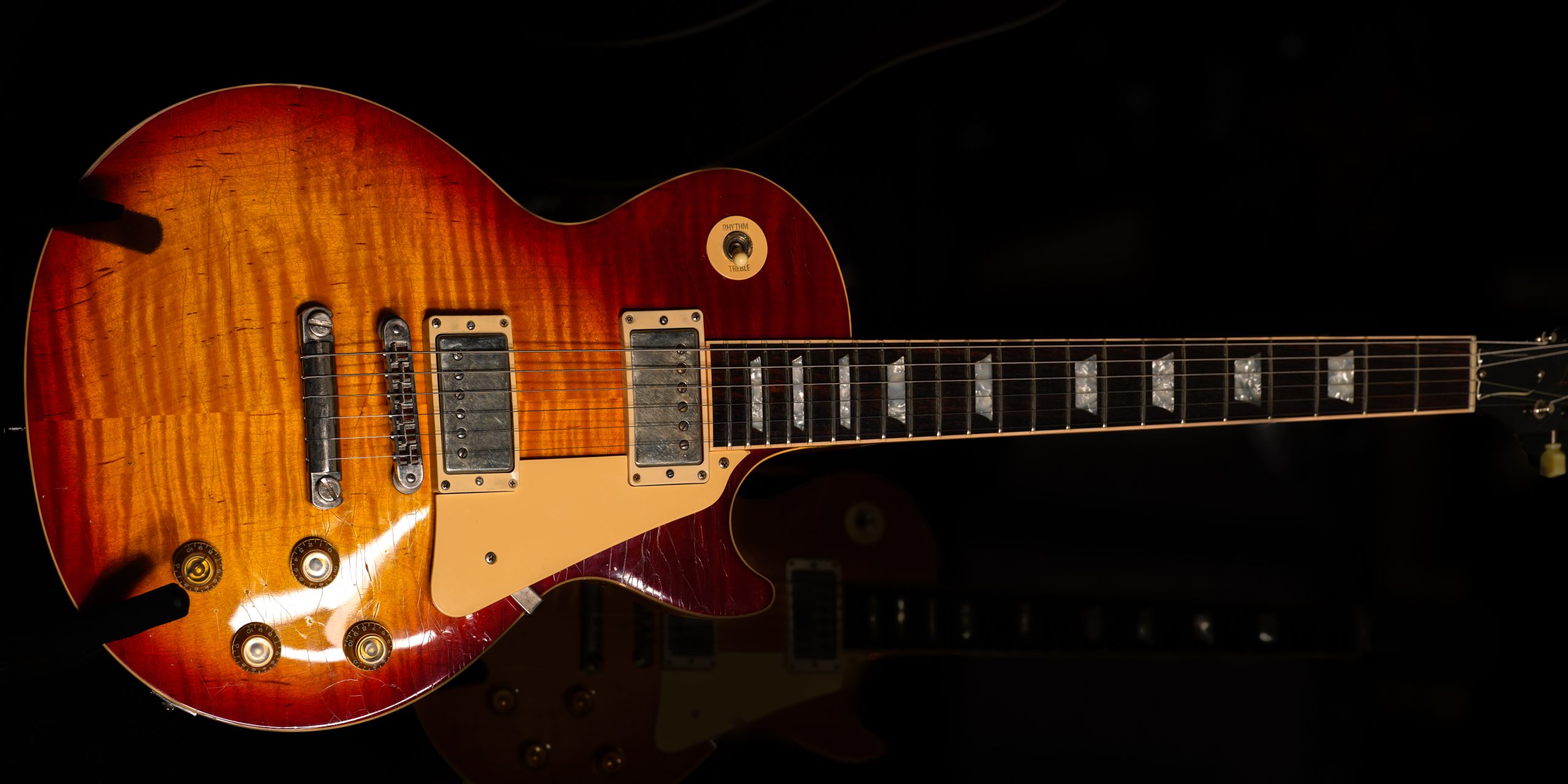Spirituality and Art: Paris, God, and the Louvre
Paris… sigh.
I’ve been flirting with this blog post for weeks. I hesitated to write it because I wanted to adequately describe the experiences. Then I realized blog posts are never really finished…

Last spring, my wife and I visited Paris. The culture there is unlike any city I’ve visited: Creme Brule, croissants, and espresso shots in the afternoons were blissful. I had the best sleep of my life in a quiet hotel that, two hundred years before, served as a convent for Catholic sisters. Fourteen hours… if you wondered.
Of course, I wrote poems about love, hope, disappointment, and romance too. A trip to Paris without poetry would have been… sacrilegious.
I wanted to stay longer, write more, think more, heal more, and pray more. The culture enticed me too… I felt square in the middle of Jimmy Buffett’s classic song “He Went to Paris“:
He went to Paris
Looking for answers
To questions that bothered him so
He was impressive
Young and aggressive
Savin’ the world on his own
But the warm summer breezes
The French wines and cheeses
Put his ambition at bay
His summers and winters
Scattered like splinters
And four to five years slipped away
Spirituality and art in the Louvre

But the most remarkable part of the vacation wasn’t the cuisine or even the splendor of the Cathedral of Notre Dame (I visited a few days before the fire that the world mourned). The transformative experience was art. When we walked through the Louvre, I recognized I was in a holy place, perhaps one of the holiest places in the world. Of course, we endured the stampede of crude humanity to get a glimpse of the obligatory Mona Lisa… Which was underwhelming.
The Louvre will always hold a special place in my heart because I sat quietly in reflection at the works of:
Nerio – Madona and Child
Da Vinci – Annunciation
Quentin Mastsy – Saint Mary Magdalene
I could go on and on, but I won’t belabor the point. The Louvre taught me the distinction between merchandise and real art. Merchandise for money is a materialists contamination of honest art. In the Louvre, I realized how art reflects the spiritual depths of discernment, beauty, patience, and especially perseverance as modeled in the crucifixion and resurrection of
The mystics understood the relationship between art and spirituality.
The 20th-century Catholic monk Thomas Merton, who was a poet, photographer, and a calligrapher, wrote a letter to the Russian poet, Boris Pasternak in 1958. A snippet said:
I do not insist on this division between spirituality and art, for I think that even things that are not parently spiritual if they come from the heart of a spiritual person are spiritual.
Henri Nouwen recalled an experience, much like Merton described above, in his book, The Return of the Prodigal Son. He wrote how his life changed when he viewed Rembrandt’s painting of the prodigal son. He sat for hours, praying as it were, listening to brushstrokes whisper mysteries of God as welcoming father. As the light turned to reveal different parts of the picture, Nouwen said he saw various features of God’s hands.
The art spoke, he listened.
One of my favorite writers of the 20thcentury is Ernest Hemingway. He said of Paris, “If you are lucky enough to have lived in Paris as a young man, then wherever you go for the rest of your life it stays with you, for Paris is a moveable feast.”
Paris showed me how holy beauty is for the ones who create it, and the ones who appreciate it.
God and art; it just makes sense. Look around; there’s beauty everywhere… we live, breathe, and have our being in God’s Louvre.
Spirituality and Art: Finding God in the Louvre posted by Rian Adams
Related Posts
The Night Love Took A Towel
There’s a sacrament we almost forget. It doesn’t shimmer with stained glass or…
April 16, 2025The Broken and the Beautiful: A Les Paul’s Lessons on Scars, Redemption, and Tone
A photograph is an odd thing. It captures a sliver of time, reducing the vastness…
February 1, 2025

